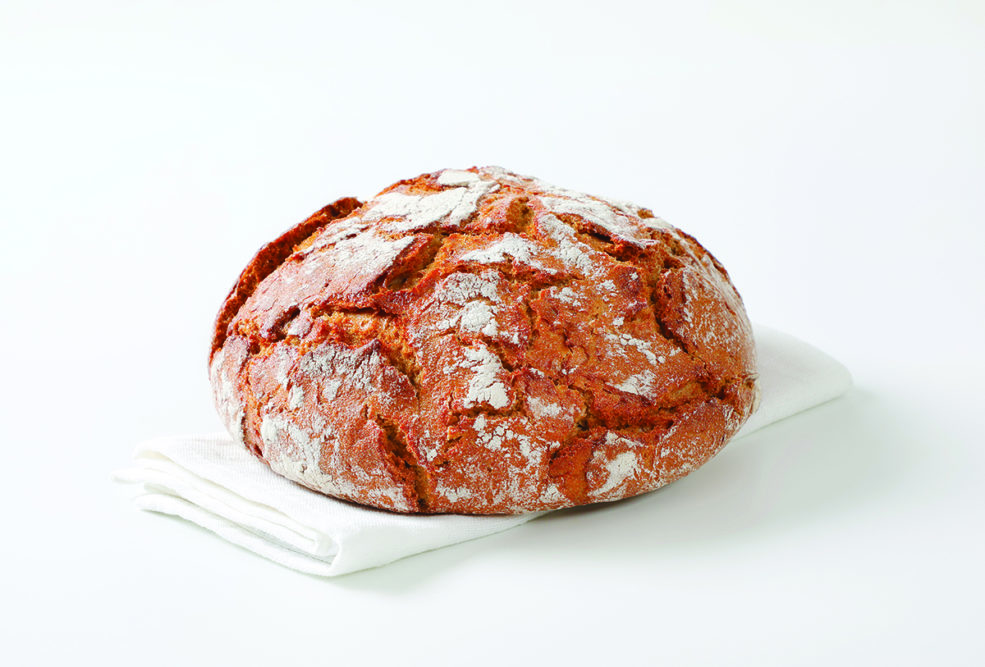In honor of the upcoming National Sourdough Bread Day on Monday, April 1, and during the final days of Black History Month, the National Inventors Hall of Fame proudly celebrates 2019 inductee Joseph Lee, the inventor of bread machines.
Lee was a pioneer in the automation of bread and bread crumb making during the late 1800’s. He invented machines for use in the hospitality industry that automated the mixing and kneading of bread dough and that created crumbs from day-old loaves.
Joseph Lee was born in Boston in 1849. He would grow up during a time of unrest, especially for African Americans. The Civil War would not begin for over a decade. It was extremely difficult situation for a young man of color, but Lee would not be deterred.
As a boy, he worked at a bakery, prepping, cooking and serving food. This would eventually lead to his love of the industry, and he would later open two restaurants in the Boston area. He would then own and manage a hotel for 17 years. Hotel management would not be his calling, though, and in 1902 Lee began his own catering business called the Lee Catering Company.
Joseph Lee’s involvement in the food industry would lead to a very important revelation. He became interested in the development of a way to eliminate throwing out day-old bread, a needless waste in his opinion. He believed that bread crumbs were better than cracker crumbs, so went to work on a way to turn wasted bread into something more.
He set out to invent a device that would mechanize tearing, crumbling and grinding bread into crumbs. In 1895, Lee patented this device. He would soon sell the machine to the Royal Worcester Bread Crumb Company of Boston, where it would later make its way to restaurants around the world. This bread-crumbing technique would be the catalyst for such things as cake batter, very important for bakeries.
After that, Joseph Lee continued to work on food preparation innovation. He invented a break-making machine that could mix ingredients and knead dough with the efficiency of six men. It was more cost-efficient and hygienic than anything that came before it. This machine is considered the basis for many machines still used today.




